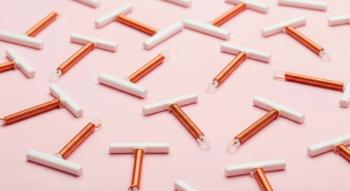
What’s the Best Parameter for Pneumoperitoneum in Laparoscopic Surgery?
Pressure is a better indicator of adequate pneumoperitoneum than volume or time before trocar entry in laparoscopic surgery, according to a recent study published in Journal of Minimally Invasive Gynecology.
Pressure is a better indicator of adequate pneumoperitoneum than volume or time before trocar entry in laparoscopic surgery, according to a recent study published in Journal of Minimally Invasive Gynecology.
Angus JM Thomson, consultant obstetrician and gynecologist at Worcestershire Acute Hospitals NHS Trust in Worcester, England, and colleagues conducted a prospective cohort study of 100 women who were undergoing gynecologic laparoscopy. The study measured pressure and volume following umbilical Veress needle entry every 20 seconds until insufflation pressure of 20 mm Hg was reached. After trocar entry, the gas was expelled. The study measured the depth of pneumoperitoneum at intra-abdominal pressure of 5 mm Hg, 10 mm Hg, 15 mm Hg, and 20 mm Hg.
In comparing volume and pressure, Thomson and colleagues found pressure was significantly more reliable in estimating depth of pneumoperitoneum since it exhibited the least variance. Similarly, when they compared pressure with time, they again found pressure was significantly more reliable in depth of pneumoperitoneum because it exhibited the least variance.
Based on their results, Thomson and colleagues concluded, “Pressure is the most reliable predictor of pneumoperitoneum before trocar entry in laparoscopic surgery.”
References:
Reference:
Thomson AJ, Shoukrey MN, Gemmell I, Abbott JA. Standardizing pneumoperitoneum for laparoscopic entry. Time, volume, or pressure: which is best? J Minim Invasive Gynecol. 2012;19(2):196-200.
Newsletter
Get the latest clinical updates, case studies, and expert commentary in obstetric and gynecologic care. Sign up now to stay informed.










